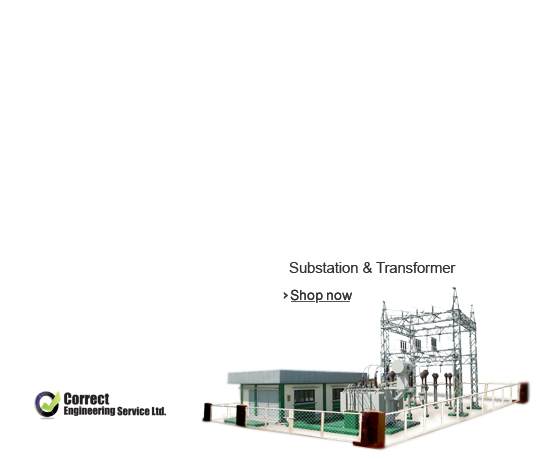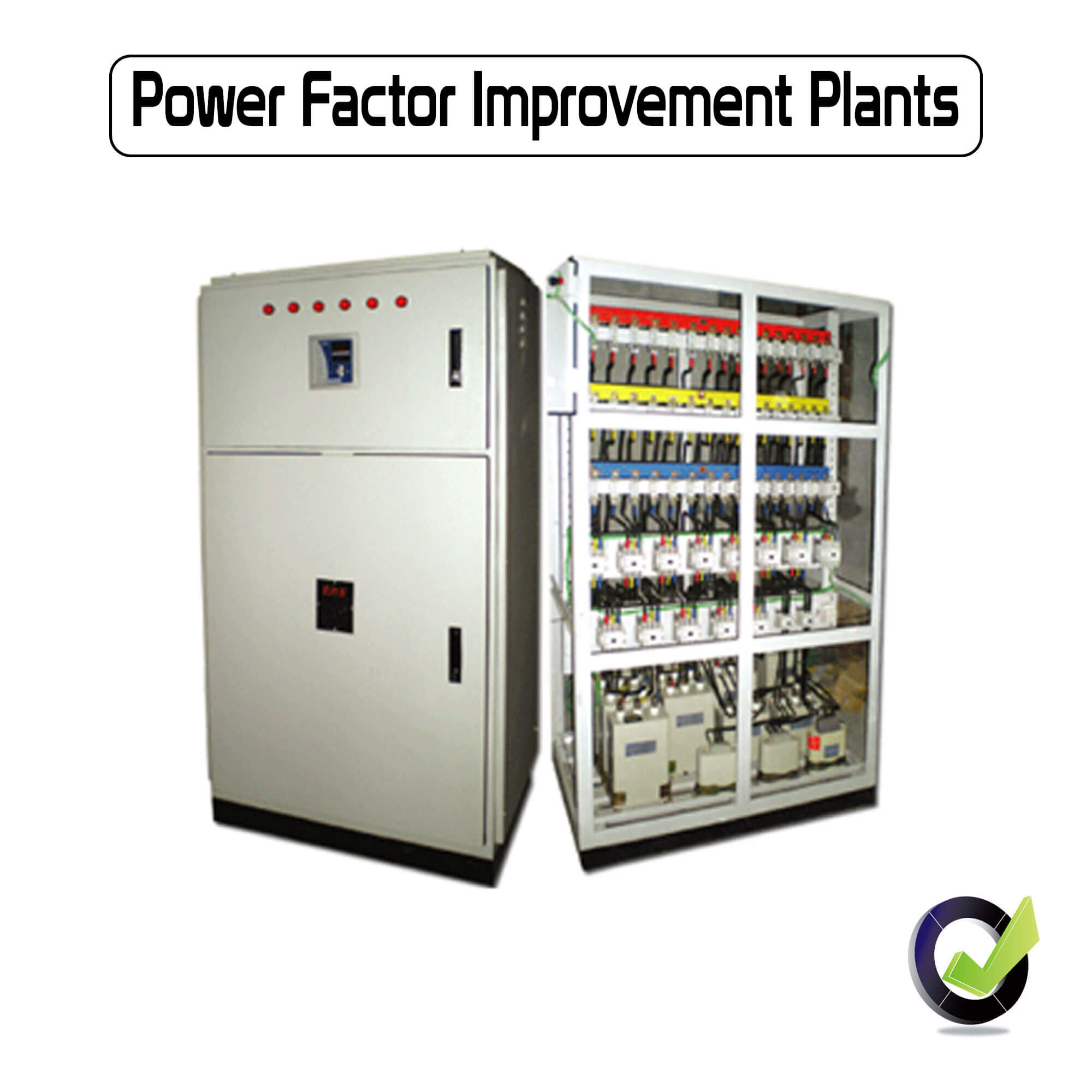Key Features
Application
We know that most of the industries and power system loads are inductive that take lagging current which decrease the system power factor, For Power factor improvement purpose, Static capacitors are connected in parallel with those devices which work on low power factor.
These static capacitors provide leading current which neutralize (totally or approximately) the lagging inductive component of load thus power factor of the load circuit is improved.
These capacitors are installed in Vicinity of large inductive load like Induction motors and transformers etc, and improve the load circuit power factor to improve the system or devises efficiency
APFC or Automatic Power Factor Control Panels are mainly used for the improvement of Power Factor. Power Factor can be explained as ratio of active power to apparent power and it is a key factor in measuring electrical consumption. Everyone knows that how costly electricity has become in present time. Therefore it becomes utmost important to cut down on electrical consumption for reducing expenditure.
APFC Panels come real handy in the achievement of this purpose Use of these control panels becomes indispensable in those industries where electrical installations are meant to supply to large electrical load. A dip in Power Factor can attract operational losses and a penalty from electricity board, responsible for electricity supply.
APFC Panels can effectively and automatically manage quickly changing and scattered loads along with the retention of high Power Factor. We are renowned manufacturers of APFC Panels symbolized with quality and reliability. These are available in different current ratings to cater to distinct applications. The main features of our control panels are:
- Maintains high Power Factor constantly
- High efficiency
- In-built independent fuses
- Protection from excess power in the system.
- Prevents leading Power Factor in low load conditions
- Clearly marked buttons and indicators
- Minimizes harmonic current
- Easy to use
- Corrosion-resistant
- Long lasting
- Electrical insulation
- Protects electrical equipment’s
Construction
Microprocessor based Power Factor Correction relay controlled the switching of Parallel connected Power capacitor which rated 2.5kVAr, 5kVAr,7.5kVAr,10kVAr,12.5KVAr, 15kVAr,20kVAr, 25kVAr, 50kVAr…and more, corresponding magnetic Contactor for suitable stepping of the capacitor Bank, some time also used detuned reactor with series in capacitor for harmonic filtrations. There are many types of Capacitor, Dry type, Gas filed type, Oil immerged type etc, HRC fuse used in series for protection, some time we also use Circuit breaker between Capacitor and Magnetic Contactor for protection and easy operation







































There are no reviews yet.